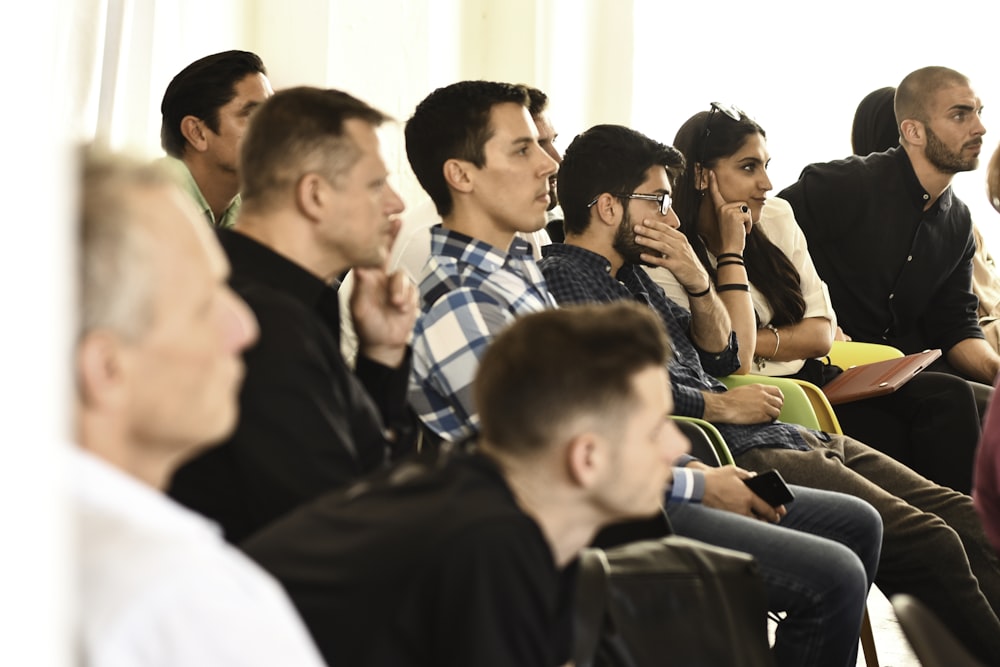Are you ready to master the art of running a requirements-gathering workshop? We’ve got you covered!
Let’s immerse and transform your approach to requirements gathering.
With years of experience in making easier requirements gathering workshops, we’ve honed our skills to provide you with practical ideas and actionable tips.
Trust us to guide you through the complexities of workshop planning and execution.
Key Takeaways
-
- Requirements gathering is critical for project success as it minimizes rework, improves communication, mitigates risks, increases stakeholder satisfaction, and saves time and resources.
-
- Setting clear objectives for the workshop by identifying stakeholder needs, defining deliverables, establishing scope, and setting measurable goals is important for success.
-
- Selecting the right participants, including key stakeholders with varied perspectives, manageable group size, and active engagement, is critical for gathering full requirements.
-
- Designing a workshop agenda with defined objectives, agenda items, time allocation, facilitator role, interactive activities, and breaks is required to ensure a focused and productive gathering session.
-
- Making effective communication and collaboration through active participation, visual aids, breakout sessions, skilled facilitation, and networking opportunities maximize ideas and encourage a successful workshop environment.
Understanding the Importance of Requirements Gathering
When it comes to requirements gathering, we cannot overstate its significance.
It lays the foundation for the entire project, setting the stage for success or failure.
Requirements gathering is not simply about ticking boxes; it’s about truly grasping the needs and expectations of stakeholders.
By effectively gathering requirements, we ensure that the end product fits what is truly important.
Here are key reasons why requirements gathering is critical:
-
- Minimizes rework: By clarifying requirements upfront, we reduce the need for costly changes later in the project.
-
- Improves communication: It encourages a shared understanding among team members, stakeholders, and end users.
-
- Mitigates risks: Identifying and addressing potential issues early on helps prevent project derailment.
-
- Increases stakeholder satisfaction: Meeting stakeholders’ needs leads to successful project outcomes.
-
- Saves time and resources: A well-planned requirements-gathering process leads to more efficient project delivery.
Setting Clear Objectives for the Workshop
When Setting Clear Objectives for the Workshop, we must first outline what we aim to achieve and what outcomes we aspire to deliver.
These objectives serve as the guiding light throughout the requirements-gathering process.
Here are some key considerations to ensure we establish effective objectives:
-
- Identify Stakeholder Needs: Prioritize understanding of the requirements and expectations of all stakeholders involved in the project.
-
- Define Deliverables: Clearly outline what we intend to produce at the end of the workshop session.
-
- Establish Scope: Determine the boundaries and limitations of the project to avoid scope creep.
-
- Set Measurable Goals: Craft objectives that are specific, measurable, achievable, relevant, and time-bound (SMART).
Selecting the Right Participants
When it comes to running a successful requirement-gathering workshop, Selecting the Right Participants is a critical step.
Involving stakeholders who have a direct interest in the project ensures that the workshop focuses on gathering relevant and useful information.
Here are some key points to consider when choosing participants:
-
- Identify key stakeholders such as project sponsors, end-users, subject matter experts, and other individuals who can provide only ideas.
-
- Include a mix of perspectives to capture a full range of requirements and ensure that all aspects of the project are covered.
-
- Keep the group size manageable to help productive discussions and decision-making processes.
-
- Consider the availability and commitment of potential participants to ensure active engagement throughout the workshop.
Designing the Workshop Agenda
When designing the workshop agenda, it’s critical to create a structured plan that fits the goals of the requirements-gathering session.
Here are key steps to consider:
-
- Define Objectives: Clearly outline the purpose of the workshop and what outcomes we aim to achieve.
-
- Agenda Items: Break down the session into specific topics or tasks that need to be covered.
-
- Time Allocation: Allocate sufficient time for each agenda item to ensure adequate discussion and input from participants.
-
- Facilitator Role: Designate a facilitator to guide the session, keep discussions on track, and ensure engagement from all participants.
-
- Interactive Activities: Include engaging exercises or brainstorming sessions to encourage participation and collaboration.
-
- Breaks: Allow for short breaks to re-energize participants and maintain focus throughout the workshop.
Making Effective Communication and Collaboration
When making a requirements-gathering workshop, effective communication, and collaboration are key to ensuring the success of the session.
By creating a supportive environment where stakeholders feel valued and heard, we can maximize the exchange of ideas and ideas.
Here are some strategies to promote effective communication and collaboration during the workshop:
-
- Encourage active participation from all attendees by asking open-ended questions and soliciting feedback on proposed solutions.
-
- Use visual aids such as diagrams, charts, or mind maps to clarify complex concepts and help the discussion.
-
- Carry out breakout sessions to promote small group discussions and allow stakeholders to investigate more specific topics.
-
- Designate a skilled facilitator to guide the conversation, manage conflicting opinions, and ensure that all voices are heard.
-
- Provide opportunities for informal networking during breaks to foster relationships and build trust among participants.
Effective communication and collaboration are critical components of a successful requirement-gathering workshop.
By putting in place these strategies, we can create an engaging and productive environment that encourages collaboration and maximizes the generation of useful ideas.




